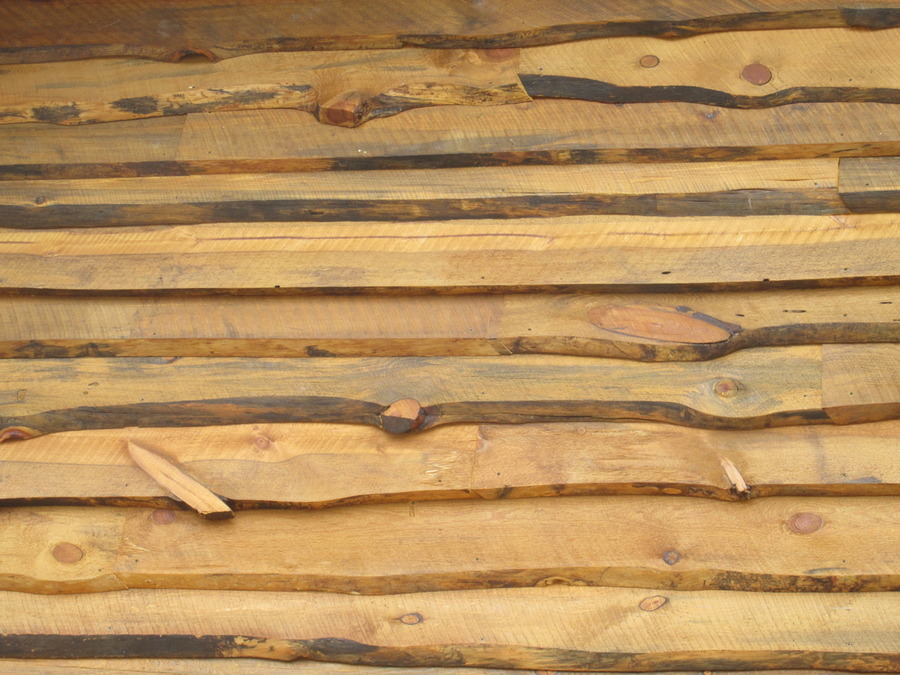Is Cedar Better Than Pine for Building?
2025-05-01

When starting a new building project, one of the first and most critical decisions is choosing the right wood. The debate often comes down to two popular choices: cedar and pine. Both have their place in construction and woodworking, but they offer vastly different properties. Answering the question, "Is cedar better than pine for building?" depends entirely on your project's specific needs, budget, and desired aesthetic. This comprehensive guide will break down the key differences to help you decide, and explain why sourcing your materials as rough cut lumber from a local lumber yard can make all the difference.
A Head-to-Head Comparison: Cedar vs. Pine
To make an informed choice, it's essential to compare these two woods across several critical factors. From resisting the humid Alabama climate to their visual appeal, here’s how cedar and pine stack up against each other.
Durability and Rot Resistance: The Outdoor Champion
This is where cedar truly distinguishes itself. Cedar contains natural oils and tannins (like cedrine and thujaplicin) that make it inherently resistant to moisture, decay, and insect infestations, including termites. This natural protection makes cedar the superior choice for any outdoor application, such as decking, siding, fences, pergolas, and garden beds. It can withstand direct exposure to the elements for years with minimal treatment. Pine, on the other hand, has very little natural resistance to rot or insects. For it to be used outdoors, it must be chemically pressure-treated (often labeled as PT pine). While effective, this process involves harsh chemicals. For those seeking a natural and robust alternative, cedar rough cut lumber from a reputable lumber yard provides a durable, chemical-free solution that will stand the test of time.
Appearance and Aesthetics: Rustic vs. Classic
Both woods offer a beautiful, natural look, but with different characters. Cedar is renowned for its rich amber and reddish-brown hues, straight grain, and aromatic scent. As it ages, it weathers to a beautiful silvery-gray patina if left unstained. The texture and grain of cedar rough cut lumber can create stunning visual interest for feature walls, beams, and siding. Pine, typically a yellowish or whitish wood with prominent brown knots, offers a more classic, rustic farmhouse look. The knots and distinct grain patterns of pine rough cut lumber are perfect for indoor furniture, shelving, and paneling, bringing a warm, cozy feel to any space. The choice here is purely about the look you wish to achieve.
Cost and Long-Term Value: An Investment Decision
There's no getting around it: cedar is more expensive upfront. The initial cost per board foot for cedar is significantly higher than for untreated pine. However, it's crucial to think about the total cost of ownership. Because pine requires pressure treatment for outdoor use and will likely need more frequent sealing, repairs, or replacement, its long-term cost can creep up. Cedar's longevity and low maintenance requirements often make it a better long-term investment for exterior projects. Visiting a local lumber yard can often provide more competitive pricing on both species, especially for high-quality rough cut lumber, compared to big-box stores.
Workability and Weight: Ease of Use
Both cedar and pine are softwoods, making them relatively easy to work with. They cut, drill, and fasten without much difficulty. However, cedar is less dense and lighter than pine, which can make it easier to handle and install, particularly on large projects like siding or roofing. Pine's higher density and sap content can sometimes cause blades and drill bits to become gummy more quickly. Both woods accept stains and finishes well, but due to its natural oils, cedar can sometimes be more challenging for paints to adhere to without a proper primer.
The Verdict: What Should You Choose?
So, is cedar better than pine for building? The definitive answer is:
- Choose Cedar for: All exterior projects. This includes decks, siding, fences, pergolas, outdoor furniture, and planter boxes. Its natural durability and weather resistance are unmatched, making it the wisest investment for anything exposed to the elements.
- Choose Pine for: Most interior projects. This includes framing, indoor furniture, shelving, trim, and decorative paneling. Its lower cost and attractive rustic look make it a fantastic and economical choice for applications where moisture and insects are not a concern.
Crimson Lumber Co: Your Trusted Local Lumber Yard
Whether your project calls for the unbeatable durability of cedar or the classic charm of pine, Crimson Lumber Co. is here to help. As your local Prattville lumber yard, we pride ourselves on supplying top-grade materials, including beautiful and robust rough cut lumber in both species. Our team has the expertise to guide you through the pros and cons, ensuring you get the perfect wood for your job and budget. Stop by to see the quality for yourself and build with confidence.